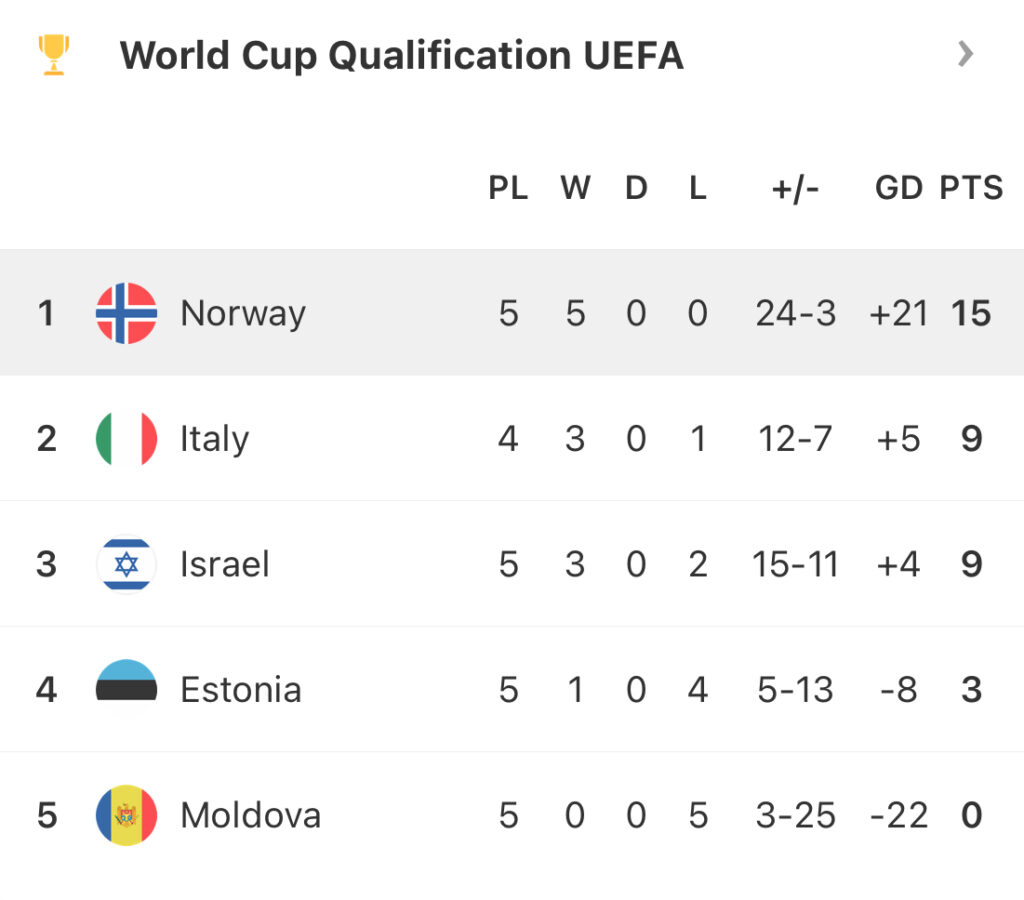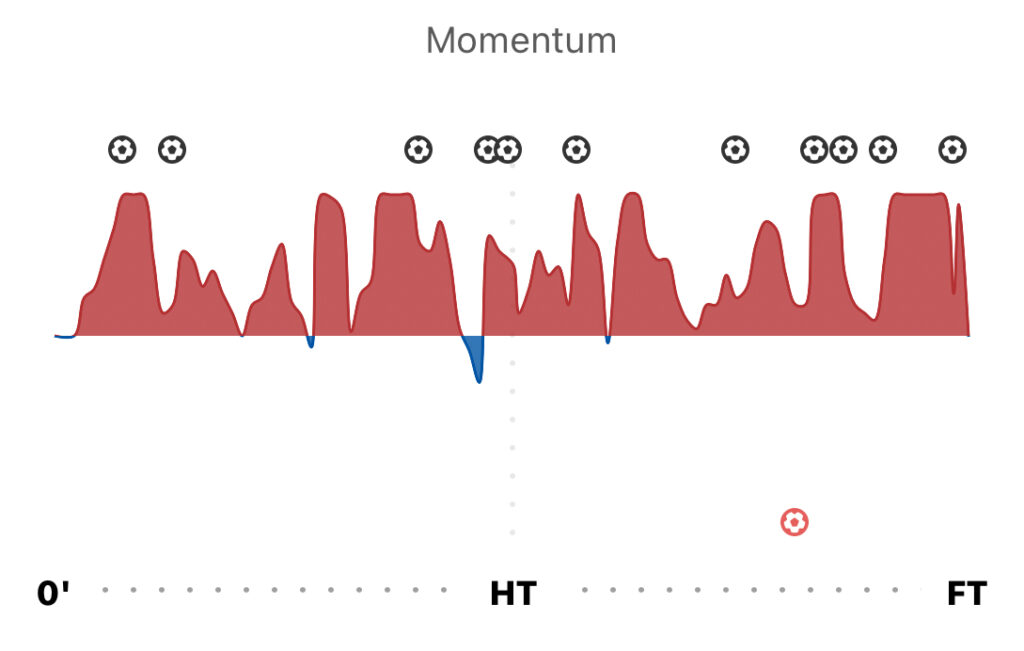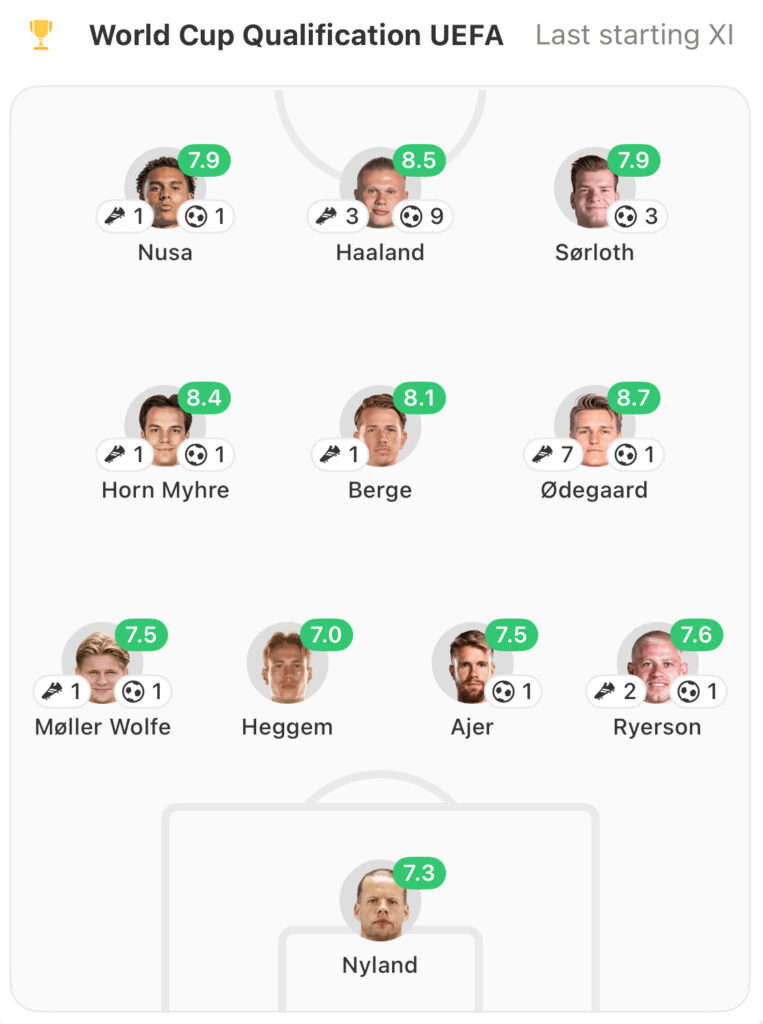Norway’s golden generation finally look close to delivering
Marseille, June 27, 1998. Italy secure a narrow 1-0 victory over Norway in the Round of 16 at the 1998 World Cup. Fast forward 27 years and this match represents the last time Norway played in the World Cup finals.
The 1990s were an incredible decade for the nation. Not only did they qualify for two World Cups, but Norway also hit second in the FIFA world rankings while also boasting a winning record against Brazil, including a stunning victory at France ’98.
Indeed, the Norwegians remain the only international team to have never lost to the Seleção.
Throughout the decade and stretching into the early noughties, Norway could call upon a generation littered with names such as Ole Gunnar Solskjær, Tore André Flo, Henning Berg, Erik Myland and Stefan Iversen among others.
Since France in 1998, however, a group stage exit at Euro 2000 is the only other major tournament the country has experienced, and it was hardly a chance missed.
Can the current Golden Generation end that barren run by securing a place at the 2026 World Cup over the next few weeks?
Norway closing in on World Cup qualification
Many believe that this is the time for the current group of players to come of age and for Norway to become regulars at international tournaments, particularly with the expansion of the World Cup to 48 teams.
Norway lost out to Serbia in the playoffs for a place at Euro 2020 while finishing third in their World Cup qualifying group ahead of the 2022 edition.
Surely Euro 2024 would be the time that the stars aligned? Nope. Norway won just three of their eight matches in qualifying, two defeats to Spain sandwiched by a gut-wrenching loss to Scotland, who scored twice in the final minutes to seal the win.

The old cliché about what doesn’t kill you makes you stronger has certainly applied to this group of players. After five rounds of World Cup qualification, the Norwegians are flying in Group I, winning five consecutive matches, scoring 24 goals while conceding only three in the process.
Wins over Israel and Moldova to begin the campaign were solid, but expected. The victory against Italy in game three, however, was the moment which showcased just how far Ståle Solbakken’s men could go.
Goals from Alexander Sørloth, Antonio Nusa and Erling Haaland gave Norway a 3-0 advantage at the break and the Italians had no reply.
The result wasn’t just a statement of intent, it was something bigger. Beating the Italians was arguably the final hurdle that the Norwegians had to overcome to prove that not only can they qualify for the World Cup, but they could emerge as dark horses who have the ability to go deep in the tournament.
A 1-0 win over Estonia three days later demonstrated that this side can also dig deep when required. A few months later, Solbakken encouraged his side to release the handbrake against Moldova and was duly rewarded with an 11-1 victory.

Three points was the most important thing, yet the 11 goals scored will be extremely handy in the long run, especially with goal difference likely coming into the equation.
Make no bones about it, Norway still have to keep their foot on the gas, but with home matches against Israel (today) and Estonia up next, six points will mean they just need to avoid defeat in Italy, in their final game, to secure automatic qualification.
Norway have their best group of players since the 1990s
Norway’s defence has been breached only three times in 2025 so far. Kristoffer Ajer and Torbjørn Heggem have formed a solid partnership at the heart of the defence, while David Møller Wolfe and Julian Ryerson have been effective on either flank.
The midfield and attacking options that Solbakken has at his disposal are the reason why Norway have been so good during this qualification campaign.
Martin Ødegaard may be missing for the clash against Israel due to injury, yet the Arsenal midfielder grabbed two assists and got on the scoresheet against Moldova. He is the fulcrum of this side, making them tick.

Sandar Berge, Felix Horn Myhre, Oscar Bobb and Thelo Asgaard offer plenty of support in the middle of the pitch. The latter scored three times in just 26 minutes against the Moldovans, while Berge dictated the play, finishing the game with a 93% pass success rate, with 20 of his passes entering the final third.
In Haaland, Sørloth and Jørgen Strand Larsen, Norway have a trio that could even surpass the triumvirate of Solskjær, Flo and Iversen from the halcyon days 25 years ago.
Haaland has already notched 48 goals for his country across 45 caps. Elsewhere, Sørloth (24) and Strand Larsen (3) also offer plenty in attack, but each of the three offer differing qualities.
The Manchester City striker is arguably the greatest finisher on the planet right now. Sørloth is fast and powerful, while his towering 6’4” frame ensures he is an ideal aerial presence.
Larsen might not be as efficient in front of goal, but his technical ability and intelligence allow him to drop back and link up the play or operate out wide.
Norway stand on the cusp of a first major finals appearance in 25 years. Should this group of players continue to flourish over the next few games, a trip to North America awaits them next year.
(Cover image from IMAGO)
You can follow every World Cup qualifier on FotMob in the build up to the 2026 finals – with in-depth stat coverage, including xG, shot maps, and player ratings. Download the free app here.